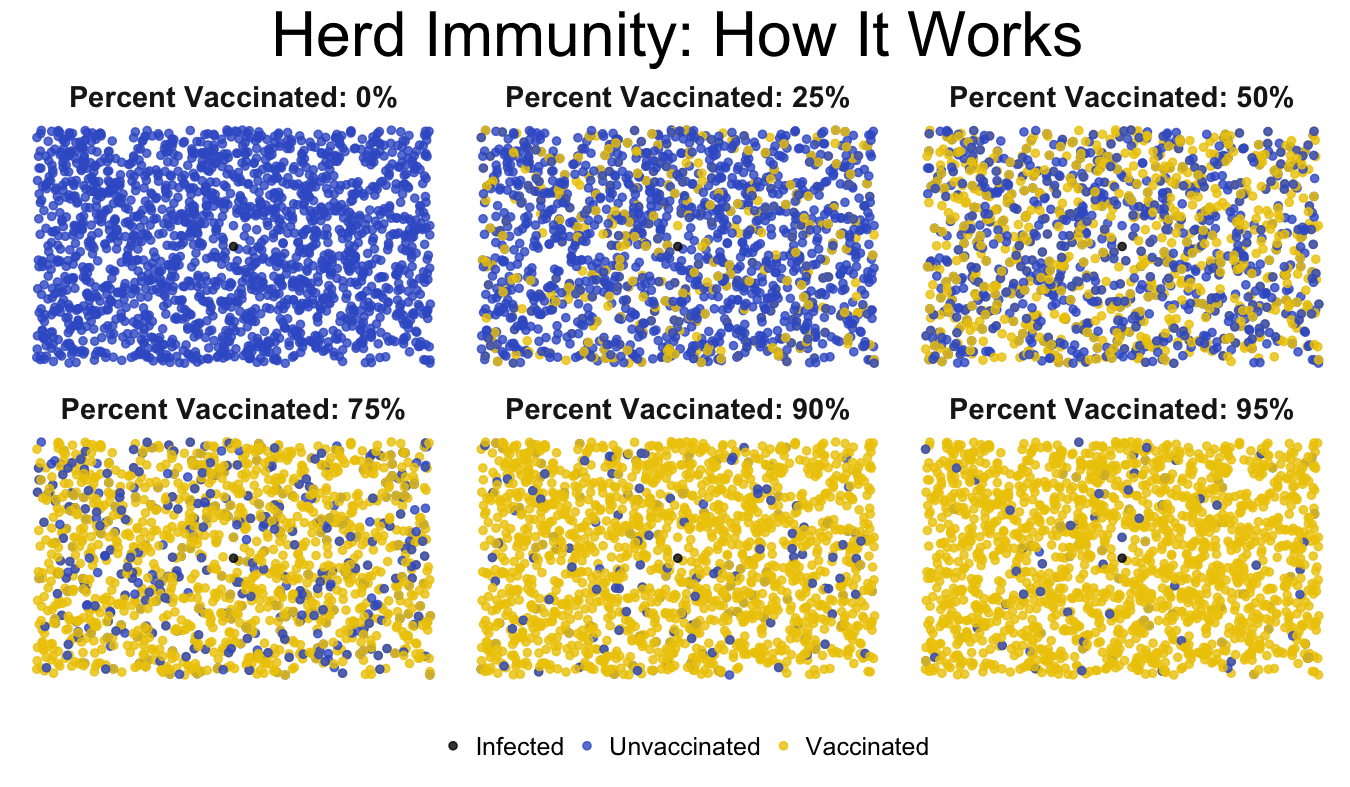Tackling your points in turn, in inverted order:
flu is an irritant but nowhere near deadly
You are probably confusing the flu (influenza) with the common cold, which is colloquially often called “the flu”, or gastroenteritis (colloquially called “stomach flu”). Unfortunately these are actually very different diseases. The common cold is indeed largely harmless. By contrast, influenza (and potentially also gastroenteritis) is a serious, and potentially deadly, disease. Its symptoms vary but it usually leads to high fever, strong pain, diarrhoea and difficulty sleeping. In a word, you’ll feel rotten for the better part of a week.
In addition, the mortality may not seem very high but (even ignoring that it caused the deadliest epidemic in human history) each year thousands of people die from it in the US alone. In fact, the numbers vary greatly with each season, from about 3,000 to almost 50,000.
As a healthy 40-year-old you are less likely to die from the flu but you could still get very seriously ill. Furthermore, by getting vaccinated, you contribute to herd immunity. This prevents the flu’s spread and protects other, less healthy people, from dying from the flu.
[40%–60% risk reduction] is not considered highly effective for a vaccine.
Even a 40% risk reduction is very effective. It’s maybe not considered “highly effective” compared to other vaccines because vaccines, in general, are extremely effective. But compared to other remedies, vaccines are one of the most effective treatment methods.
Rather than thinking of 40%–60% as a coin toss, think of it this way: amongst the vaccinated population, the incidence is more than halved (due to the compounding effect of reduced risk of infection in the population). This is impressive.
[The flu vaccine contains] mercury that is harmful to the body, according to Natural News.
This is intentionally deceptive: flu vaccines do not contain elementary mercury (and never have)! Some flu vaccines contain thiomersal (or “thimerosal”), which in turn contains ethylmercury. Despite its name, this is a different compound, and does not have the same chemical properties as elementary mercury.1 Contrary to what Natural News claims, thiomersal in vaccines is safe: it has never been found to produce a negative effect in humans.2
Beware of your news sources: Natural News is a scam website that lies to sell ineffective, unregulated, and potentially harmful supplements. When researching health topics, always cross-reference your information with respectable sources such as the WHO, the NHS or the CDC. You don’t need to exclusively rely on them but they accurately portray the scientific consensus and, unlike sites like Natural News, they have no financial interest in lying to the public, since they do not make profit off it. Furthermore, they are funded independently by different governments.
1 This is a very important point, so it bears explaining: Consider table salt. Table salt is the chemical compound sodium chloride. Both sodium and chloride, in isolation, are highly toxic. But when combined chemically, as in table salt, they form a harmless compound that is safe for normal consumption. The same is true for the relationship between mercury and ethylmercury.
2 As everywhere, the dose makes the poison. Thiomersal in high concentrations is toxic, just like table salt. Toxicity is often measured in LD50. Salt has an LD50 of 12357 mg/kg in humans, which means that approx. 58 tablespoons are problematic for an 80 kg man. Thiomersal has an LD50 of 75 mg/kg (in rats), which means that you’d need to vaccinate that 80 kg man over 100,000 times, at once, for a similar effect!
